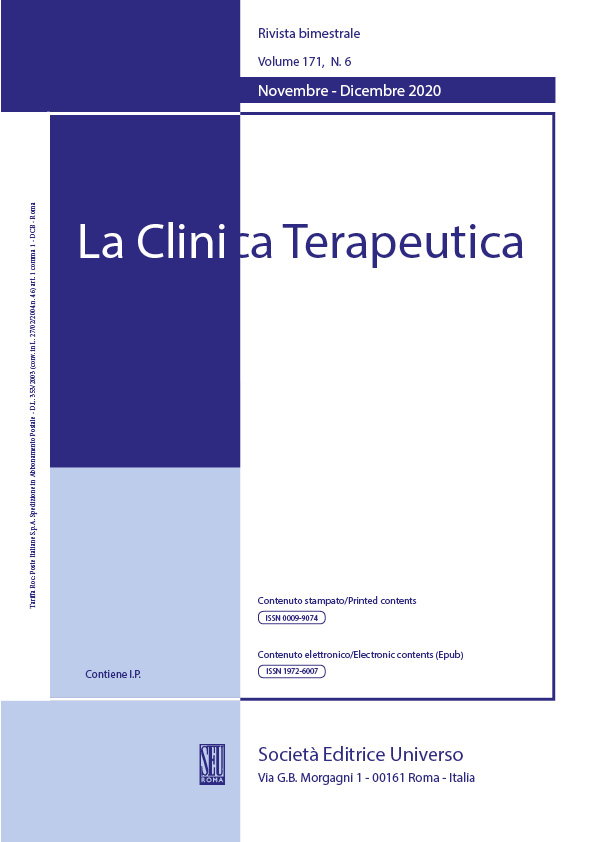Abstract
Objective: Observing others facial expressions to pain effects person’s own facial expression empathetically. Fibromyalgia (FM) patients can be more sensitive to negative moods. We hypothesize that fibromyalgia patient recognize negative emotions more than positive emotions.
Method: Thirty one patients who met the classification criteria of FM according to American College of Rheumatology 1990 were included to the study. Age and sex matched 24 healthy woman included as a control group. All of the participants full filled the Fibromyalgia Impact Questionnaire (FIQ), Beck Depression Inventory (BDI), and Beck Anxiety Inventory (BAI). All of them evaluated with Facial Emotion Recognition Test.
Results: The mean age was not significantly different between fibromyalgia and healthy controls (46.04±10.78 vs 41.43±11.64, respectively and p=0.137). There were no significant differences among occupational status (p=0.347) and education (p=0.946) between groups. The mean scores according to Beck Depression Scale (16.56±9.81 vs 14.89±8.22) and Beck Anxiety Scale (21.32±13.94 vs 18.36±16.18) were significantly higher in patients with FM than healthy controls (p>0.05, for both). Patients with FM had significantly lesser rate of recognizing sad facial emotions (p=0.012). The patients with FM needed more time while recognizing happy (p=0.017), surprised (p= 0.043), neutral (p<0.001) and angry facial emotions (p=0.003).
Results: This study provides evidence of impairment in sad facial emotions and more response time for happy, angry, neutral and surprised facial emotions. These may cause poor interpersonal relationship and insufficient social functioning and leading to chronicity of the disease.
